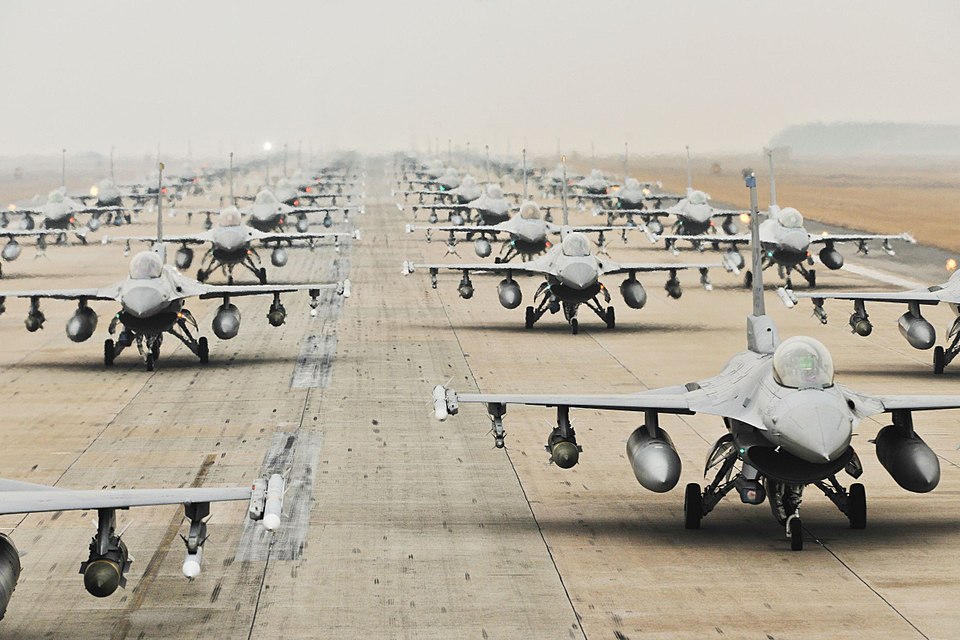
Is American air dominance really slipping away? Despite the flood of online narratives that would suggest China’s rise eclipses the United States Air Force, the reality is decidedly more complex-and far more favorable to U.S. capabilities. The USAF is holding its own and is actually in the midst of one of the most profound transformations since its establishment as an independent service in 1947.
This reboot is less about building faster jets or bigger bombers than it is integrating stealth, data-driven warfare, and autonomous systems into a coherent whole that can fight-and win-in the most contested environments on Earth. The familiar image of massed formations of fighters and bombers gives way to a networked, agile, survivable architecture. Following are ten critical elements shaping that transformation.
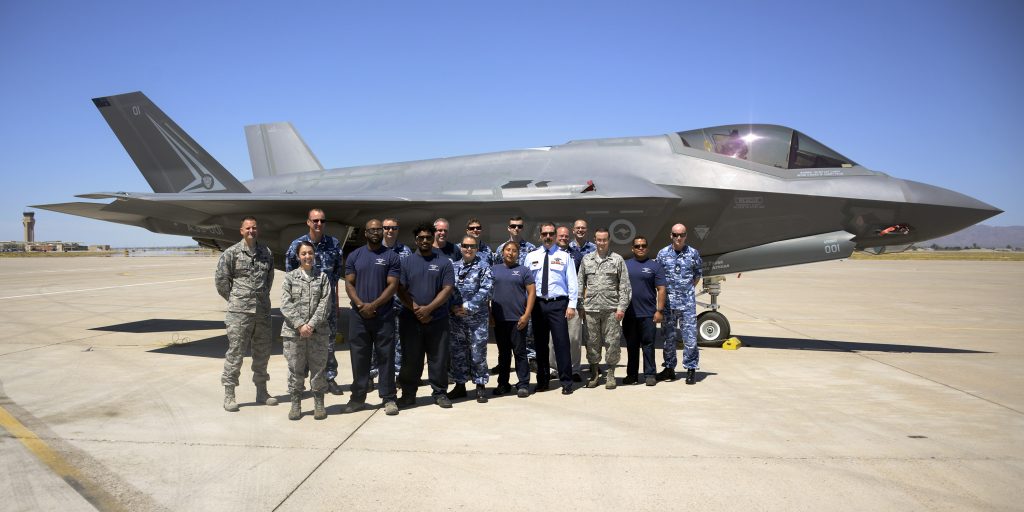
1. From Mass to Information Dominance
The USAF’s doctrine is changing from brute-force 20th-century methods to precision and stealth of the 21st century. Many engagements now are decided at beyond-visual-range, where the side that detects first and remains unseen wins. That means fewer visual dogfights and a shift toward integrated sensors, AI-assisted targeting, and coordinated manned-unmanned operations.

2. Sixth-Generation Fighters Take Command
The F-47, at the heart of the Next Generation Air Dominance program, introduces all-aspect stealth, long-range strike, and advanced sensor fusion. It will be a battle manager, commanding swarms of Collaborative Combat Aircraft, or CCAs, furthering both reach and lethality without exposing pilots to risk. As Air Force Chief of Staff Gen. David Allvin said, “It provides more capability, more modernized capability, in a way that is built to adapt.”
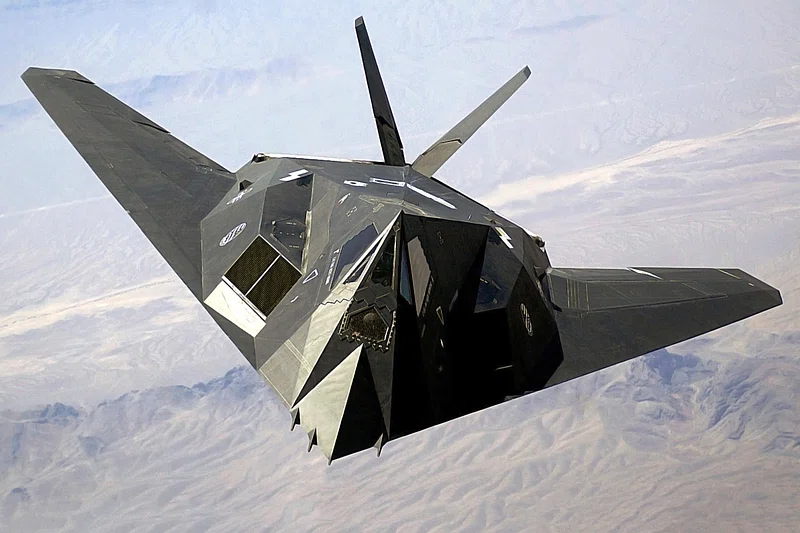
3. Stealth Over Speed
Modern missile systems are less concerned with speed and maneuverability than with reducing radar cross-section. A stealth aircraft would be able to attack well out of the range of any non-stealth opponent, neutralizing the threat without the opponent knowing there is even danger. Survivability in this regard now relies on not being seen in the first place, rather than trying to outmaneuver incoming fire.
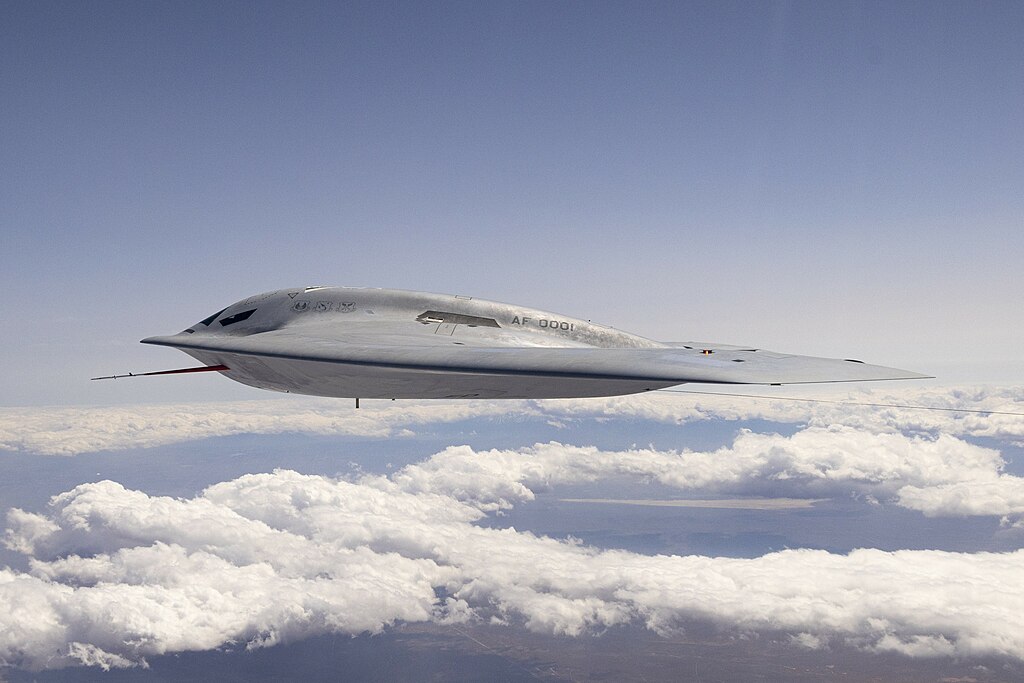
4. The B-21 Raider’s Strategic Edge
Dubbed by analysts as the stealthiest airplane in history, the B-21 Raider combines next-gen radar-absorbing materials with thermal management that matches ambient air temperature, making it nearly invisible to heat-seeking sensors. With at least 100 planned, the Raider is meant to replace the B-1 and B-2, carrying both conventional and nuclear payloads deep inside contested airspace.
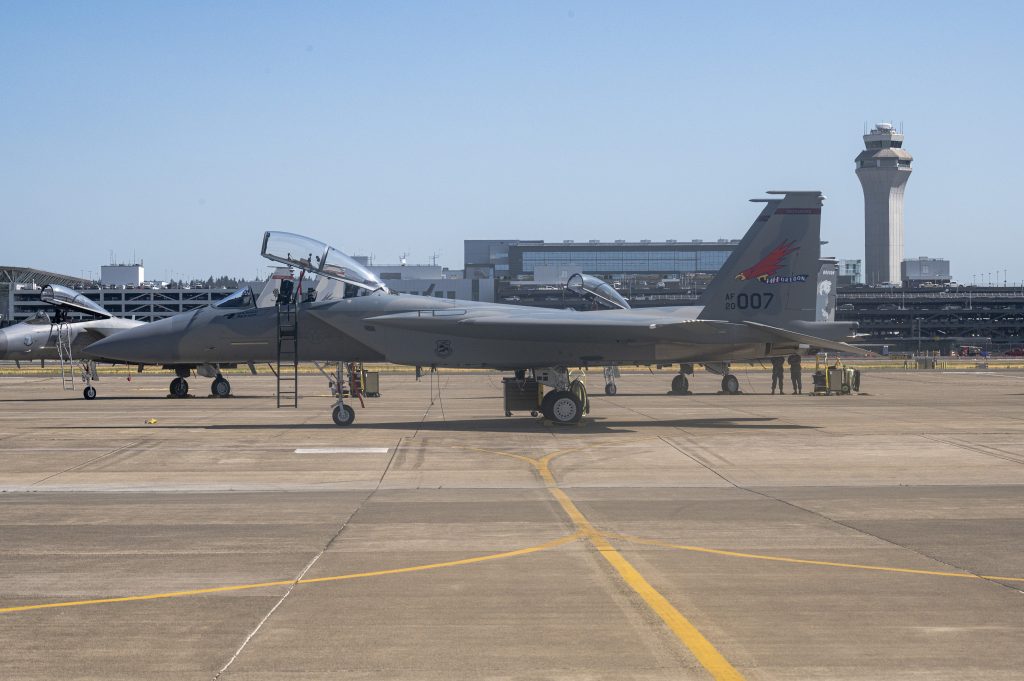
5. High-Low Fleet Integration
For example, the future force will balance the high-end stealth platforms such as the F-47 and B-21 with upgraded legacy aircraft such as the F-15EX and B-52. These older platforms will operate in less contested zones, launching standoff munitions as the stealthy assets penetrate advanced defenses. This mix maximizes flexibility and cost-effectiveness.
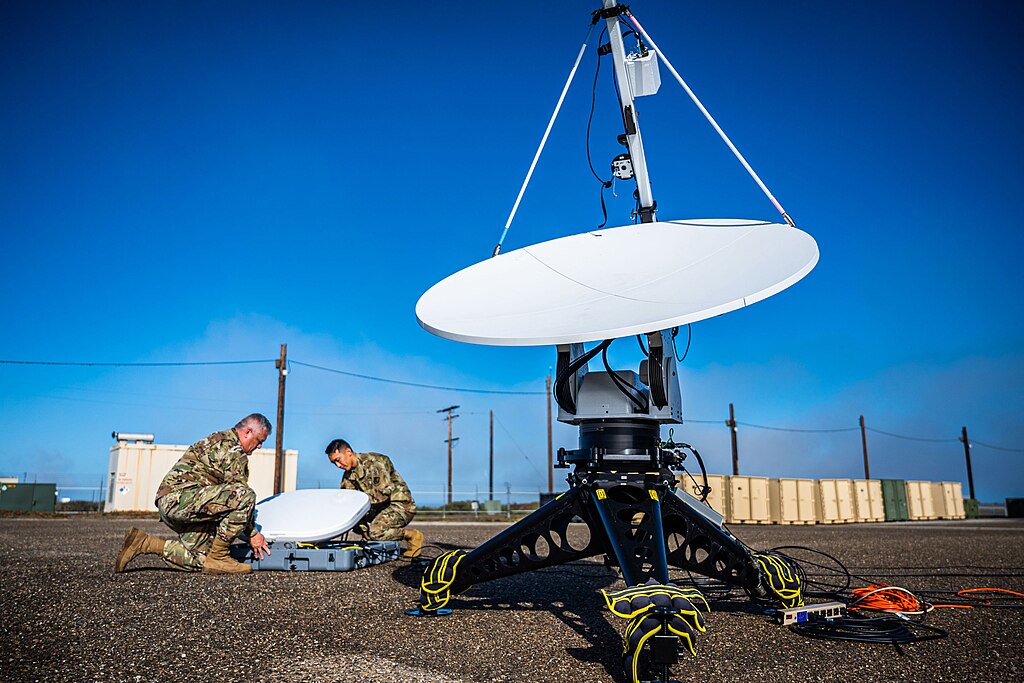
6. Collaborative Combat Aircraft Revolution
More than 1,000 CCAs are planned, designed to be attritable yet capable of reconnaissance, electronic warfare, and strike missions. Though some critics warn about hidden costs and AI risks, the USAF regards CCAs as a path toward affordable mass, replacing losses without sacrificing high-value manned fighters.
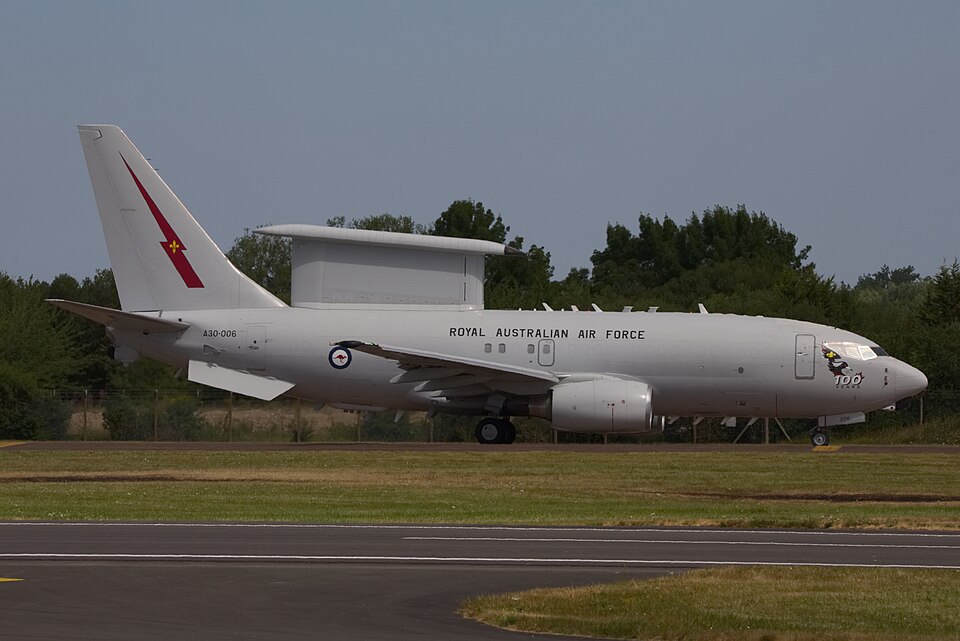
7. Airborne Early Warning Evolution
The E-3 Sentry is being retired in favor of the Boeing E-7 Wedgetail, with its Multirole Electronically Scanned Array radar providing 360-degree coverage electronically. Future upgrades may include the EMRIS system, combining radar, electronic warfare, and communications into a single multi-role suite.
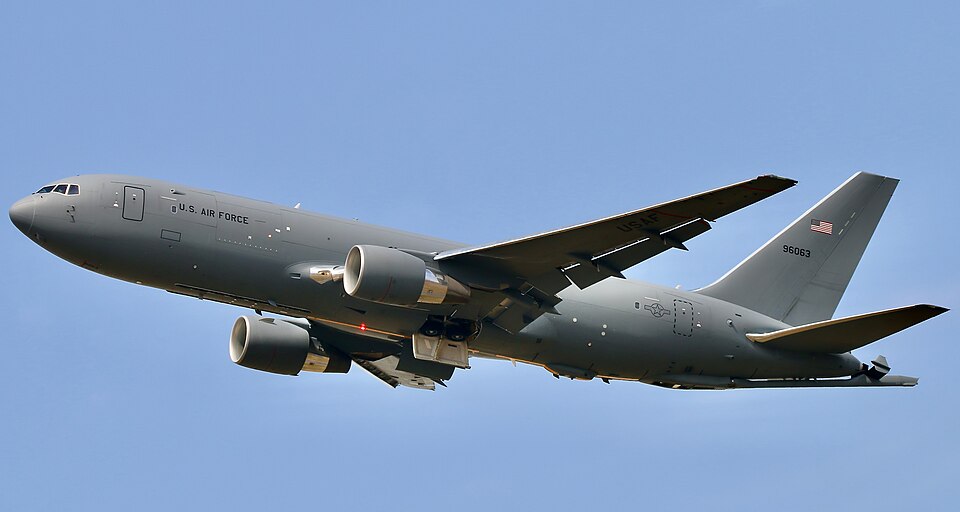
8. Tanker Fleet Transformation
The KC-46 Pegasus is replacing aging KC-135s, offering better survivability and multi-role capability. The Next Generation Air Refueling System may evolve into a family of survivable tanking solutions, possibly including unmanned MQ-25 Stingray variants, though high costs have already forced reconsideration of stealth tanker ambitions.
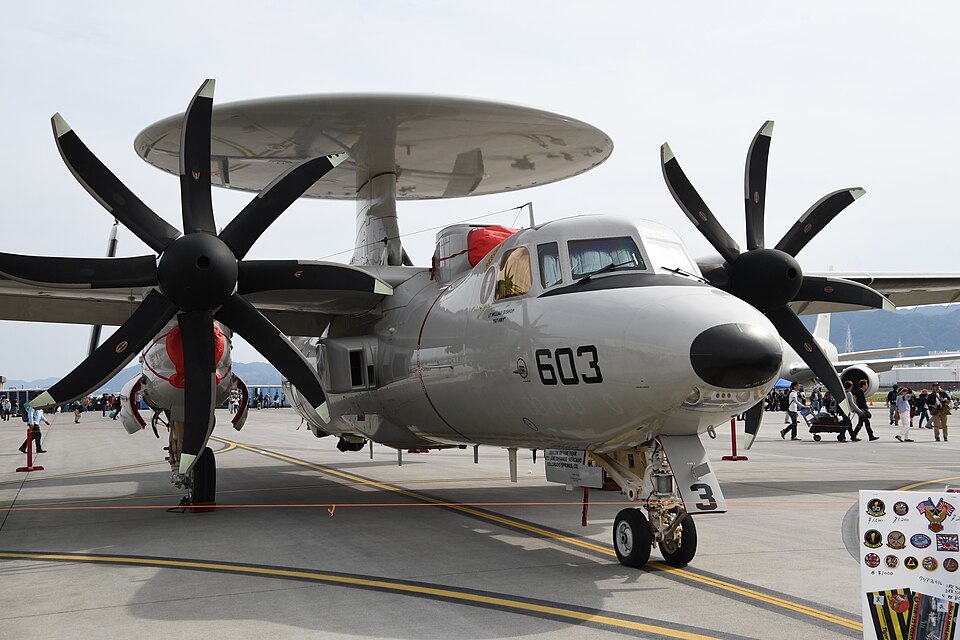
9. Agile Combat Employment Doctrine
ACE disperses forces onto austere, unpredictable sites, complicating targeting by the enemy. Even stealth bombers and fighters, as well as AEW&C systems like the E-2D Hawkeye, can operate from shorter runways to enhance survivability and operational tempo in a peer conflict.

10. Countering Chinese Long-Range Threats
Chinese systems, including the DF-26 missile and growing fleets of J-20 and J-35 fighters, require longer-range U.S. platforms. The F-47’s projected 2,000-mile range and the B-21’s global reach are intended to hold targets at risk while staying beyond the effective envelope of these threats. The coming reboot of the USAF is more than modernization it is a wholesale redefinition of air power.
In putting stealth, networked warfare, and flexible force structures at the forefront, the Air Force is well-placed to dominate in those environments where legacy tactics would fall short. Over the course of the next ten years, these ten elements will decide if the United States retains its decisive edge in the skies.


